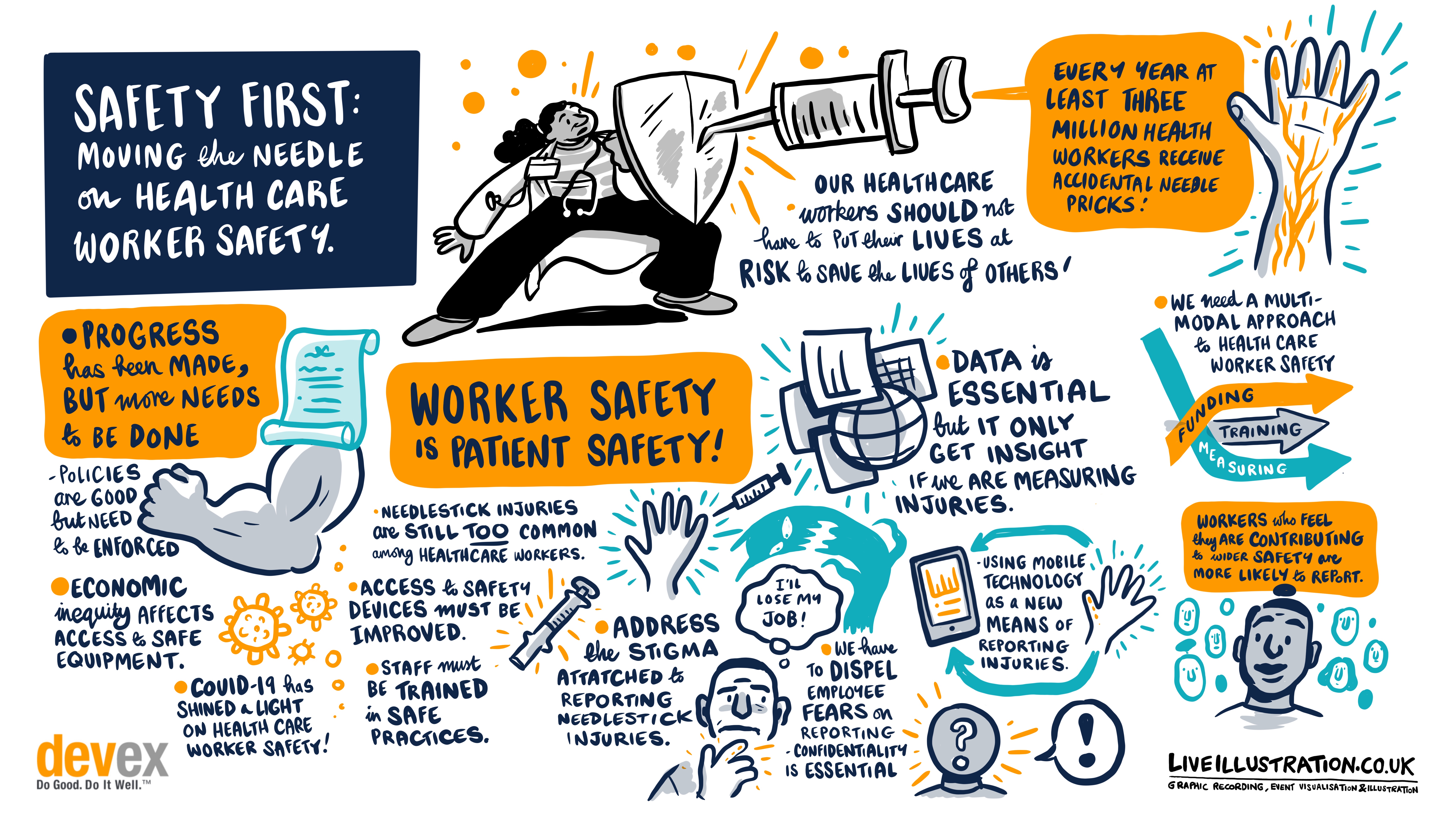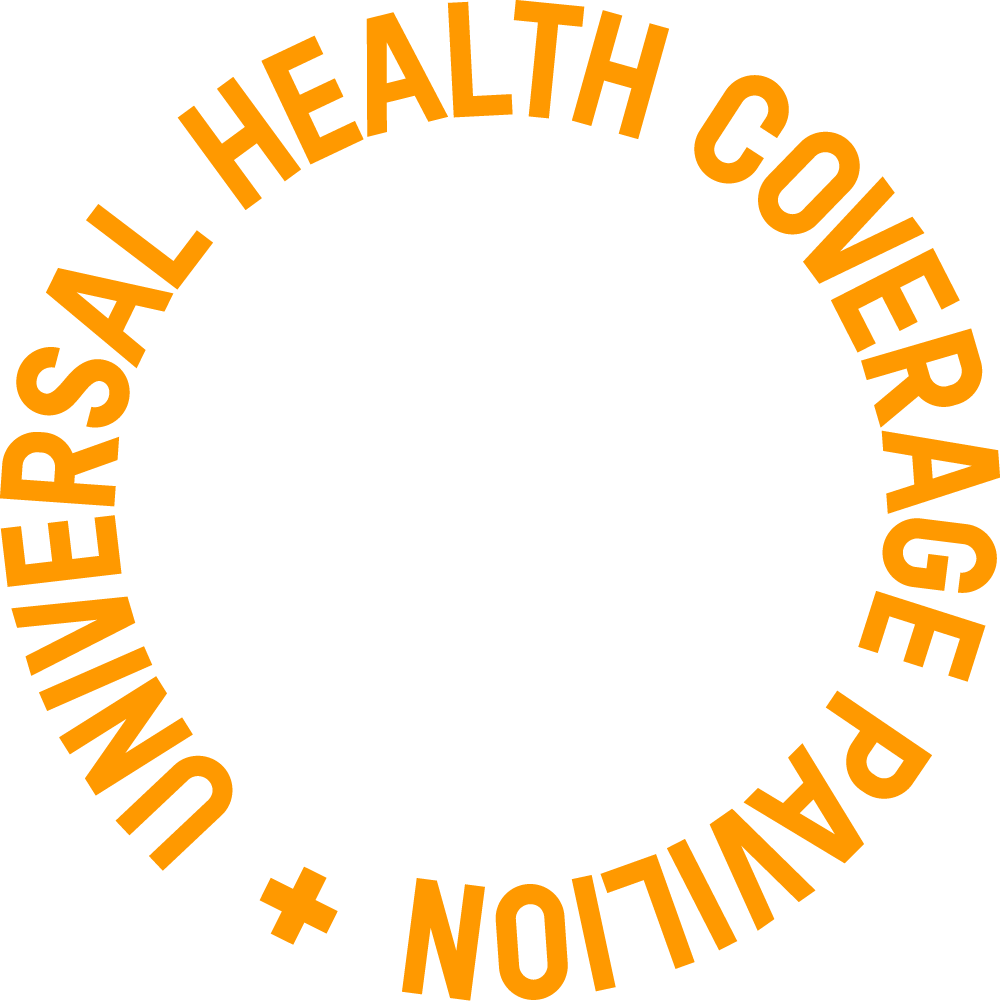This event is now complete. Watch the recording above.
 *Illustration by Jack Brougham
*Illustration by Jack Brougham
Sponsored by BD
About the event

The global COVID-19 crisis changed the way we look at Personal Protective Equipment and other medical resources, including devices designed to protect health care workers from injury or prevent the spread of infections. The world has now witnessed the importance of equipping and training workers on the frontlines of health care delivery, as well as the tragic costs of not doing so. But before the pandemic hit, the global health community was already grappling with one prevalent hazard to health workers’ safety: needlestick and other sharps-related injuries that expose health care workers to bloodborne pathogens.
If exposed health care workers contract a communicable disease, the impact can be devastating. Worldwide, an estimated 82,000 health care workers become infected with hepatitis B or hepatitis C, and 1,000 people with HIV each year. Needlestick injuries are largely undocumented in low- and middle-income countries (LMICs), but are likely higher than in more developed countries. Every needlestick injury has the potential to cause long-lasting damage for victims and their loved ones, including loss of employment, prolonged physical health problems, stigma, and emotional stress.
How is the global health community working to address these issues?
Marking 20 years since the U.S. passed needlestick legislation and coinciding with the 75th session of the U.N. General Assembly, Devex and BD convened key experts and practitioners for a virtual discussion on the core challenges of needlestick and sharps safety, highlighting promising efforts to ensure patient and health worker safety in hospitals and clinics around the world.
The event also marks the launch of a new report: “Safety First: Perceptions and recommendations from health care workers on needlestick injuries.” We’ll dig into key findings and discuss needlestick injury misconceptions, challenges, best practices and trends.
If exposed health care workers contract a communicable disease, the impact can be devastating. Worldwide, an estimated 82,000 health care workers become infected with hepatitis B or hepatitis C, and 1,000 people with HIV each year. Needlestick injuries are largely undocumented in low- and middle-income countries (LMICs), but are likely higher than in more developed countries. Every needlestick injury has the potential to cause long-lasting damage for victims and their loved ones, including loss of employment, prolonged physical health problems, stigma, and emotional stress.
How is the global health community working to address these issues?
Marking 20 years since the U.S. passed needlestick legislation and coinciding with the 75th session of the U.N. General Assembly, Devex and BD convened key experts and practitioners for a virtual discussion on the core challenges of needlestick and sharps safety, highlighting promising efforts to ensure patient and health worker safety in hospitals and clinics around the world.
The event also marks the launch of a new report: “Safety First: Perceptions and recommendations from health care workers on needlestick injuries.” We’ll dig into key findings and discuss needlestick injury misconceptions, challenges, best practices and trends.
Can't make it?
Register anyway and we'll send you a recorded version of the session
Register anyway and we'll send you a recorded version of the session












